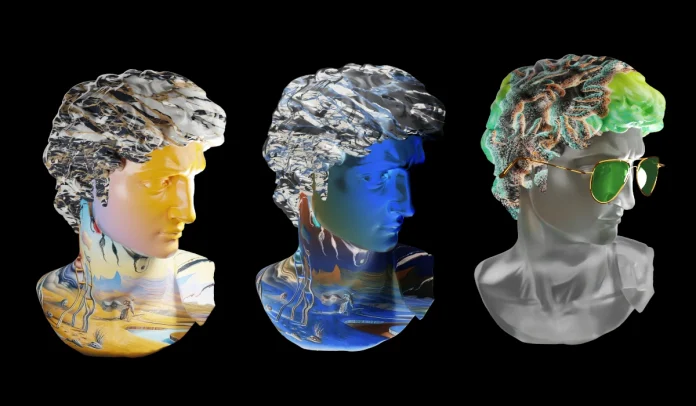Heirs of a German Jewish banker and art collector have once again filed suit over Vincent Van Gogh’s famous painting Sunflowers. They claim that the painting was sold under duress in 1934 when the original owner was under pressure from persecution during the Nazi era. It is now displayed in Tokyo in a museum belonging to a Japanese insurance holding company but was acquired via auction in London in 1987.
The lawsuit had first been initiated in 2022 under an act aimed at recovering art expropriated during the Holocaust but was dismissed on procedural and jurisdictional grounds in 2024. The heirs have appealed to a federal circuit court earlier this year and the case is currently under review. They argue that evidence was ignored or suppressed concerning provenance the chain of ownership and the conditions under which the 1934 sale took place. They maintain that even though decades have passed principles of justice require reexamination of ownership especially where victims of persecution are involved.
Opposing arguments deny that this work was a Naziconfiscated piece claiming that the holder had no knowledge of any coercion at the time and that legal transfer via auction was valid under the law. They note that due to changes in borders ownership and legal regimes provenance claims are complex in cases dating from that era and that retrospective claims must meet high burdens of proof.
The broader context is public interest in restitution claims especially for artworks lost or sold during periods of state-sponsored anti-Jewish persecution. Museums galleries and holding institutions worldwide are being asked to revisit records and sometimes make new arrangements for display ownership payments or acknowledgments. Some argue that despite legal complexity moral obligation and symbolic justice are equally potent motives. Critics of restitution litigation warn of long delays uncertainty in art markets and difficulties proving coercion or wrongdoing so long after events occurred.
For the heirs this is a matter of memory history and justice. For the current owner it is about legal title risk and reputation. The outcome may influence other restitution claims globally especially where provenance is contested and legal systems must balance fairness historical records and current ownership.




